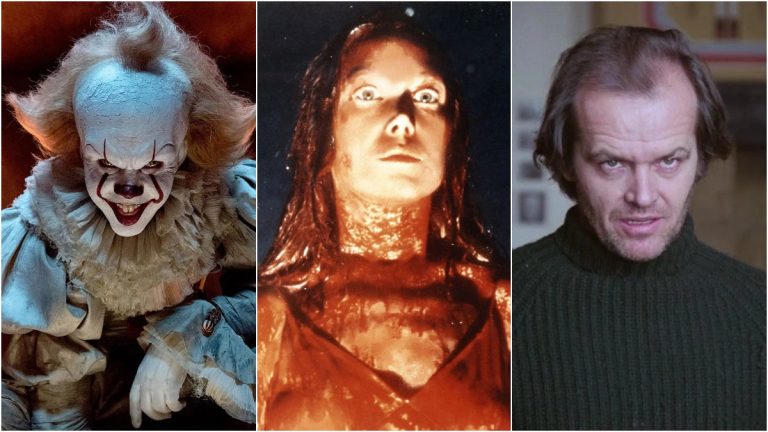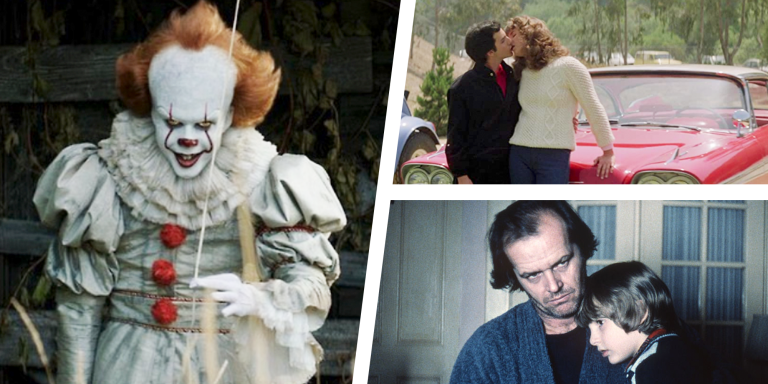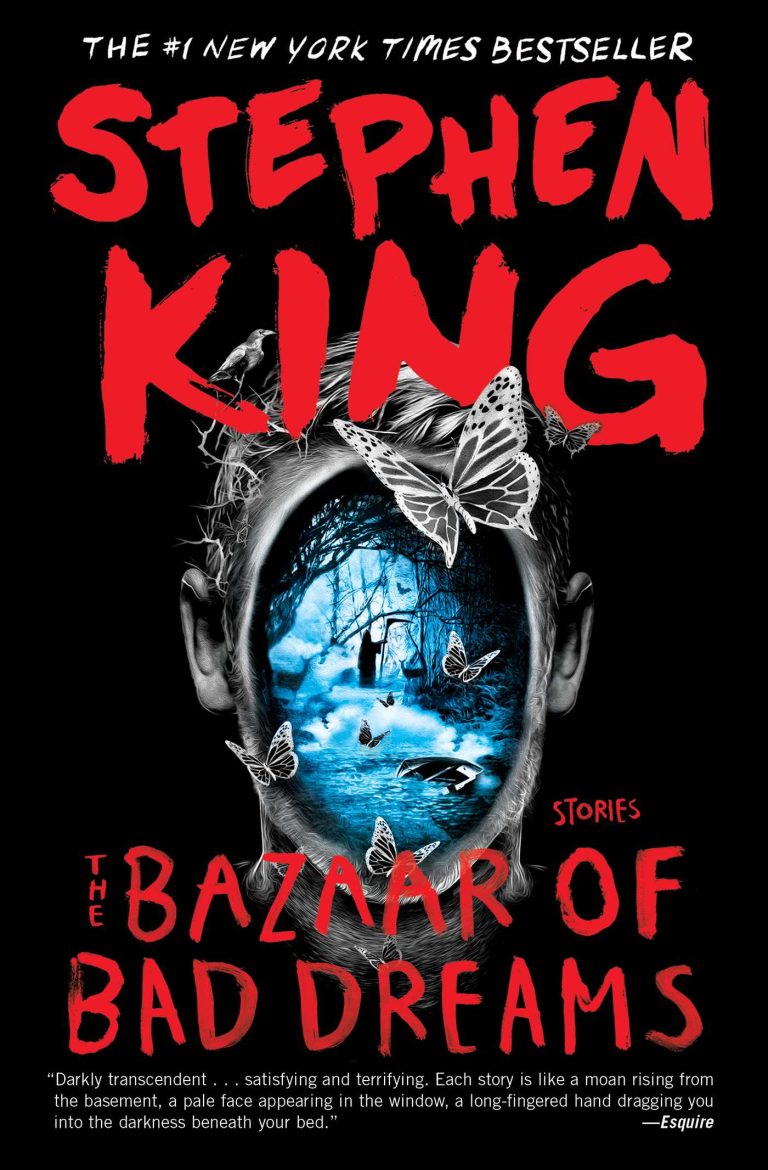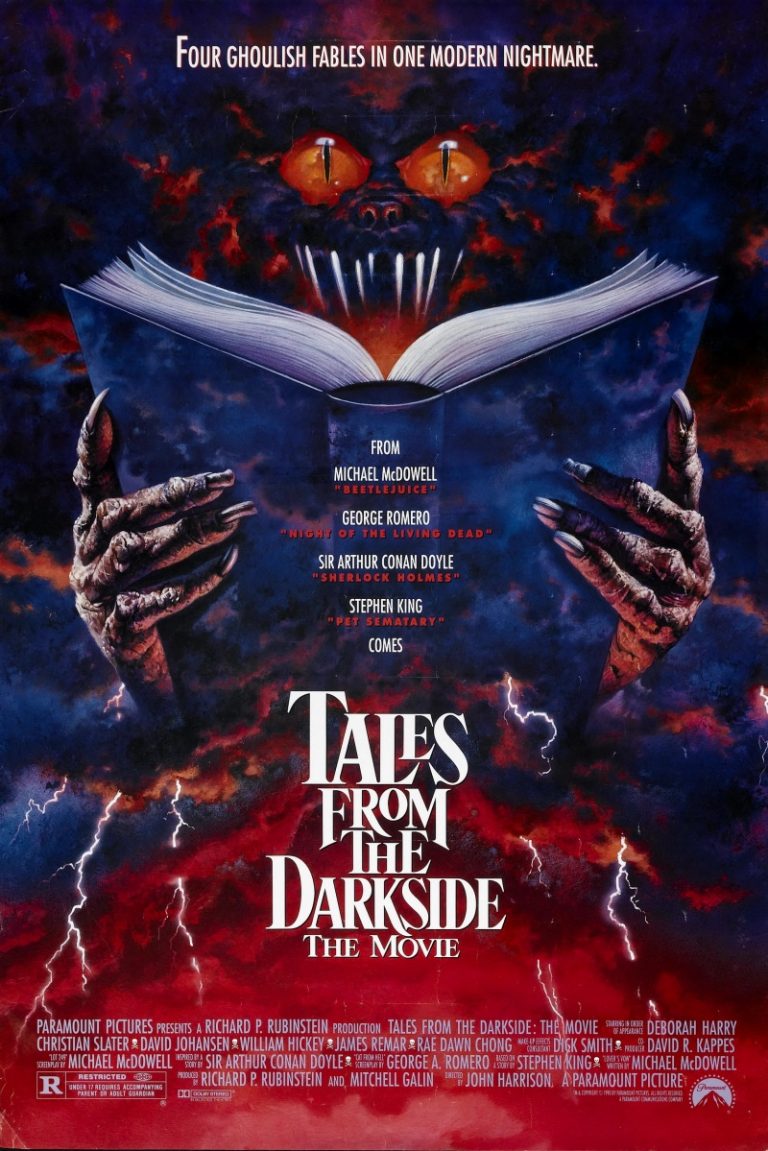The Cinematic Craftsmanship Of Stephen King Movies
Lights, camera, action! Get ready to dive into the captivating world of Stephen King movies and explore the cinematic craftsmanship that makes them truly unforgettable. From spine-chilling horrors to gripping thrillers, Stephen King’s stories have been masterfully brought to life on the silver screen, captivating audiences around the globe. In this article, we will delve into the mesmerizing world of Stephen King movies, examining the unique storytelling techniques, memorable characters, and breathtaking visuals that have made them a staple in the film industry. So grab your popcorn and prepare for a thrilling cinematic adventure!
When it comes to Stephen King movies, one thing is for certain: they are a rollercoaster ride of emotions. Whether you’re gripping the edge of your seat in terror or shedding tears of joy, these films have a way of immersing you in their world like no other. With their gripping narratives and well-developed characters, Stephen King movies have become a benchmark for cinematic excellence. From the eerie atmosphere of “The Shining” to the heart-pounding suspense of “Misery,” each film showcases the immense talent of both the filmmakers and the actors involved. So join us as we delve into the captivating world of Stephen King movies and discover the magic behind their cinematic craftsmanship.
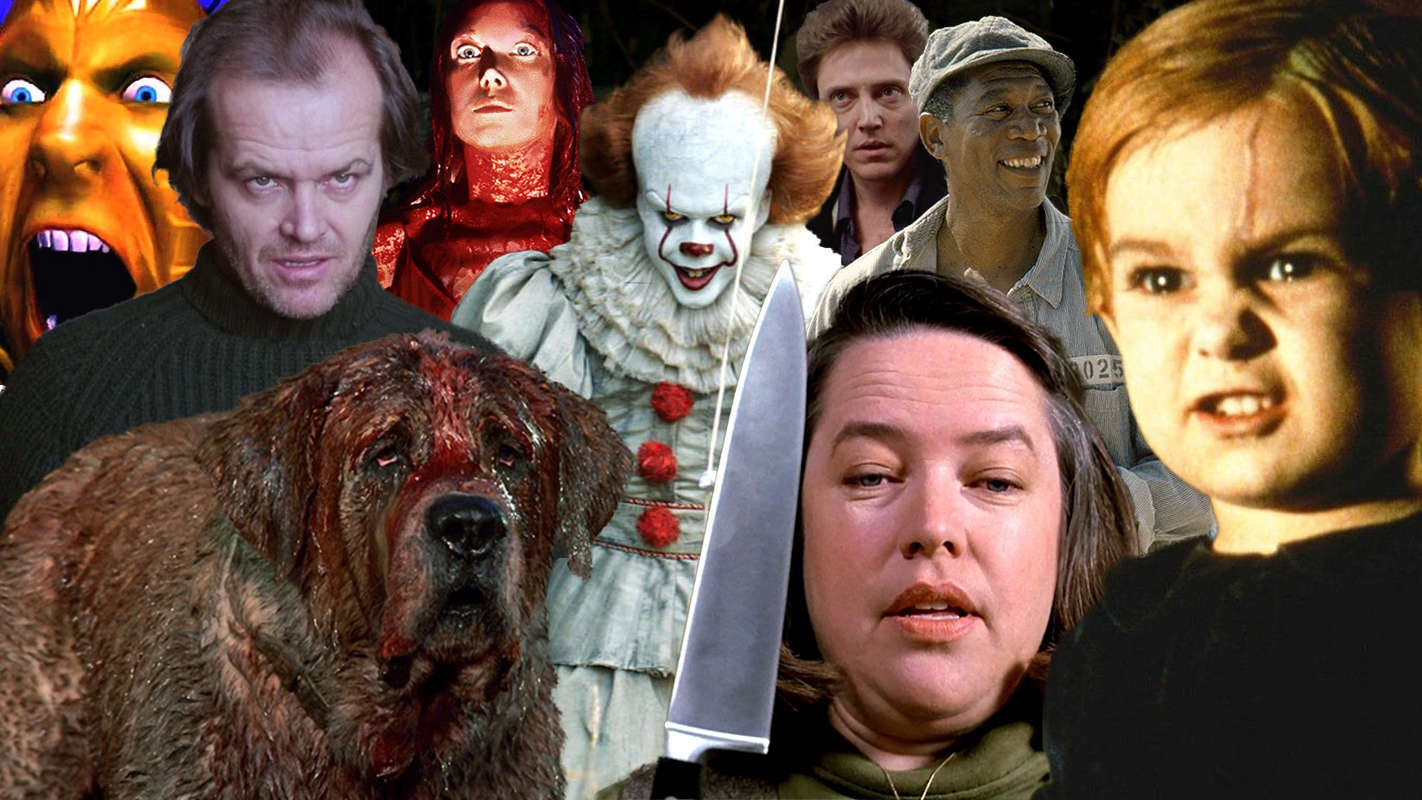
The Cinematic Craftsmanship of Stephen King Movies
Stephen King is a master storyteller, known for his ability to captivate readers with his thrilling and suspenseful tales. Over the years, many of King’s novels have been adapted into movies, showcasing the cinematic craftsmanship of his stories. From iconic horror films to gripping dramas, Stephen King movies have left a lasting impact on audiences worldwide. In this article, we will explore the artistry and innovation behind the cinematic adaptations of Stephen King’s works.
The Art of Adaptation
Adapting a novel into a film is no easy task, especially when it comes to capturing the essence of Stephen King’s intricate storytelling. However, filmmakers have risen to the challenge, bringing King’s vivid characters and chilling narratives to life on the big screen. The art of adaptation lies in the ability to stay true to the core themes and messages of the original work while making necessary adjustments for the visual medium. Directors, screenwriters, and actors work tirelessly to ensure that the spirit of King’s novels is preserved in the film adaptations.
One of the key elements of Stephen King movies is their ability to evoke fear and suspense. King’s novels often delve into the darkest corners of the human psyche, and filmmakers must find ways to translate that psychological terror onto the screen. Through the use of atmospheric cinematography, haunting musical scores, and expertly crafted visual effects, filmmakers create an immersive experience that keeps viewers on the edge of their seats. The cinematic craftsmanship involved in creating the perfect atmosphere of dread is what sets Stephen King movies apart.
The Power of Casting
Casting plays a crucial role in the success of any film, and Stephen King movies are no exception. To bring King’s complex characters to life, filmmakers must carefully choose actors who can embody the depth and nuance of these roles. From Jack Nicholson’s iconic portrayal of Jack Torrance in “The Shining” to Kathy Bates’ unforgettable performance as Annie Wilkes in “Misery,” the casting choices in Stephen King adaptations have been nothing short of stellar.
The power of casting extends beyond just finding actors who physically resemble the characters from the novels. It requires finding performers who can tap into the emotional core of the characters and bring them to life with authenticity. When done right, the result is a captivating performance that adds another layer of depth to King’s already rich storytelling. The ability of actors to embody the essence of King’s characters is a testament to the craftsmanship involved in bringing these stories to the big screen.
Visual Storytelling
Stephen King’s novels are known for their vivid descriptions and intricate narratives. Translating these elements into visual storytelling requires a keen eye for detail and a deep understanding of the source material. Filmmakers must carefully select which scenes to include, how to frame them, and what visual techniques to employ in order to effectively convey King’s vision.
The use of visual symbolism is a key aspect of Stephen King movies. From recurring motifs to subtle foreshadowing, filmmakers employ various visual techniques to enhance the storytelling and create a sense of unease. These visual cues add layers of meaning to the narrative, allowing viewers to immerse themselves in the world of Stephen King.
Creating Tension and Suspense
One of the hallmarks of Stephen King’s stories is the suspense that permeates throughout. Filmmakers must master the art of building tension, keeping audiences on the edge of their seats from start to finish. Through expert pacing, well-timed jump scares, and nail-biting suspense sequences, filmmakers create an atmosphere that leaves viewers gripping their seats in anticipation.
The use of sound design is another crucial element in creating tension and suspense in Stephen King movies. From eerie whispers to spine-chilling music, sound effects play a vital role in heightening the fear factor. The careful manipulation of sound, combined with the visual storytelling, creates a truly immersive experience that lingers long after the credits roll.
The Legacy of Stephen King Movies
Stephen King movies have become a genre of their own, with a dedicated fan base eagerly anticipating each new adaptation. The cinematic craftsmanship involved in bringing King’s stories to life has left an indelible mark on the film industry. From the iconic imagery of “The Shining” to the psychological intensity of “Misery,” Stephen King movies continue to captivate audiences and inspire filmmakers.
The enduring popularity of Stephen King movies is a testament to the timeless appeal of his storytelling. Through the art of adaptation, visual storytelling, and the power of casting, filmmakers have successfully translated King’s novels into compelling and unforgettable cinematic experiences. The craftsmanship behind these movies ensures that Stephen King’s legacy will continue to haunt and thrill audiences for generations to come.
Key Takeaways – The Cinematic Craftsmanship of Stephen King Movies
- The visual storytelling in Stephen King movies is captivating, with stunning cinematography and expertly crafted shots.
- The use of suspense and tension keeps audiences on the edge of their seats, creating a thrilling movie-watching experience.
- The attention to detail in the set designs and costumes adds depth and authenticity to the film’s world.
- Stephen King movies often feature memorable performances from talented actors, bringing the characters to life.
- The musical scores in Stephen King movies enhance the mood and atmosphere, adding another layer of immersion for viewers.
Frequently Asked Questions
What makes Stephen King movies stand out in terms of cinematic craftsmanship?
Stephen King movies are known for their exceptional cinematic craftsmanship, which sets them apart from other films in the horror genre. One of the key factors that contribute to this is the attention to detail in the storytelling. King’s novels are rich in character development and intricate plotlines, and filmmakers strive to translate these elements onto the big screen.
Additionally, the use of visual and audio techniques plays a crucial role in creating a captivating cinematic experience. Directors often employ atmospheric lighting, haunting soundtracks, and expertly crafted visual effects to enhance the suspense and terror. This attention to detail and the ability to create a truly immersive experience is what makes Stephen King movies a cut above the rest.
How do Stephen King movies capture the essence of his novels?
Stephen King is known for his ability to create vivid and immersive worlds in his novels, and filmmakers face the challenge of capturing that essence on film. One of the ways they achieve this is through meticulous set design and location scouting. The settings in Stephen King movies often become characters in their own right, reflecting the eerie and unsettling atmosphere of the novels.
Furthermore, the casting of actors who can bring the complex and multifaceted characters to life is crucial in capturing the essence of King’s novels. The performances of the actors, combined with the skillful adaptation of the source material, allow audiences to connect with the characters and experience the same emotions and thrills as they would while reading the books.
How do Stephen King movies incorporate suspense and horror?
Suspense and horror are integral elements of Stephen King’s storytelling, and filmmakers strive to recreate these sensations in his movie adaptations. One of the techniques used is the art of building tension. Through pacing, editing, and cinematography, directors create a sense of anticipation, keeping the audience on the edge of their seats.
In addition, the use of practical effects and practical makeup plays a significant role in creating the horror in Stephen King movies. By relying on physical props and makeup rather than solely relying on CGI, the filmmakers are able to create a more realistic and tangible sense of fear. This attention to practicality adds to the overall cinematic craftsmanship and enhances the audience’s experience of horror.
How do Stephen King movies explore psychological themes?
Stephen King’s novels often delve into the depths of the human psyche, and filmmakers aim to capture these psychological themes in their movie adaptations. One way they achieve this is through the use of symbolism and visual metaphors. Through clever visual storytelling, directors can convey complex psychological concepts and explore the inner workings of the characters’ minds.
Moreover, the use of atmospheric and psychological sound design adds another layer to the exploration of psychological themes. By manipulating sound elements such as whispers, dissonant music, and eerie silence, filmmakers can create a sense of unease and heighten the psychological impact of the story.
What role does cinematography play in Stephen King movies?
Cinematography plays a vital role in capturing the essence of Stephen King’s novels and bringing them to life on screen. The visual language and composition of shots not only enhance the storytelling but also contribute to the overall mood and atmosphere of the films.
In Stephen King movies, cinematography often employs techniques such as wide-angle shots and low-angle shots to create a sense of unease and distortion. The use of color grading and lighting also helps to establish the tone of the story, whether it be a dark and foreboding atmosphere or a more vibrant and eerie setting.
The 12 Best Stephen King Movies of All Time
Final Thought: The Masterful Artistry of Stephen King Movies
Wow, what a thrill ride it has been exploring the cinematic craftsmanship of Stephen King movies! From spine-chilling horror to heart-pounding suspense, these films have captivated audiences with their unique blend of storytelling and visual artistry. It’s clear that Stephen King’s genius extends beyond the pages of his novels and into the realm of cinema, where his stories come alive in spectacular fashion.
Throughout this article, we’ve delved into the various elements that make Stephen King movies so unforgettable. From the atmospheric settings that transport us into the heart of his dark and twisted worlds, to the impeccable casting choices that bring his characters to life, every aspect is carefully crafted to immerse us in the gripping narratives. The directors, writers, and actors involved in these projects deserve applause for their dedication to preserving the essence of King’s vision while adding their own unique touch.
It’s no wonder that Stephen King movies consistently rank high on Google searches and capture the attention of both die-hard fans and casual viewers alike. The timeless themes explored in these films, such as the power of fear, the depths of the human psyche, and the battle between good and evil, resonate with audiences on a profound level. Whether you’re a horror enthusiast or simply appreciate a well-crafted story, there’s something for everyone in the realm of Stephen King movies.
In conclusion, the cinematic world owes a debt of gratitude to Stephen King for his unparalleled ability to craft stories that transcend mediums. As we eagerly await the next spine-tingling adaptation, let’s celebrate the extraordinary artistry that goes into bringing King’s imagination to life on the silver screen. So, grab some popcorn, dim the lights, and prepare to be transported into a realm where nightmares and dreams merge in the most mesmerizing way possible.

